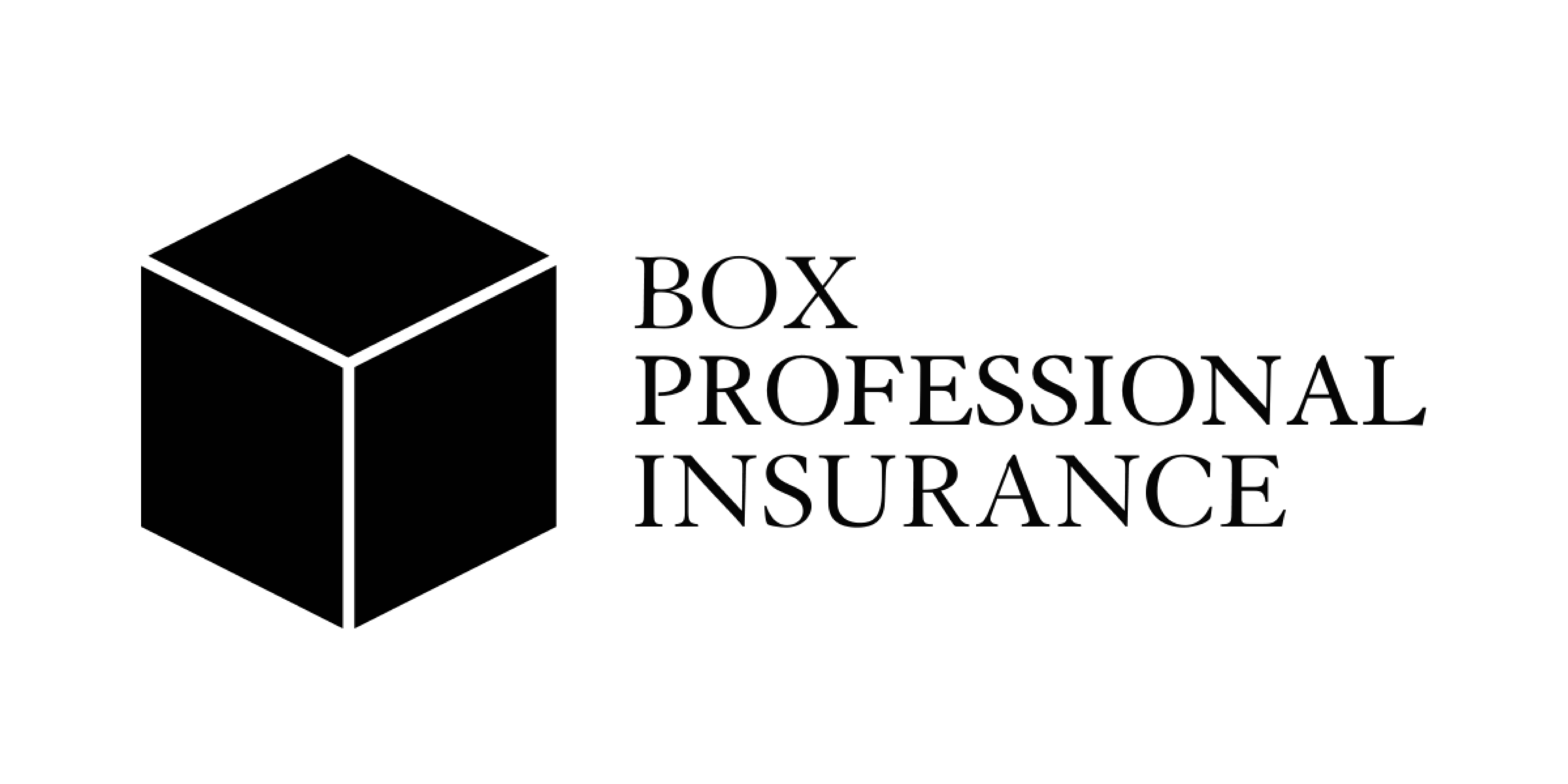WHEN SHOULD I REVIEW MY RIA INSURANCE COVERAGE?
Annual renewals typically trigger a natural tendency to review your coverages. That reminder is nice. While there are no set requirements for when you should review your RIA business insurance coverage, there are several situations that may cause a need to do so. What are those situations? Do you need to do a full review every year? What do you need to include in the review? These are the items we will discuss in this post. The goal is to give you some factors to think about to determine if you currently need a review.
Defining an In-depth Review
An in-depth review should include a high-level view of your firm’s risk profile, a complete reading of your current E&O coverage, and a comparison against what other carriers are offering in the market. If you can do this with an experienced insurance broker that specializes in advisors, it should only take two phone calls. The first call should be 15 to 30 minutes to update your firm’s profile. Then, send a copy of your current coverage to your broker followed up by a 30 minute to one hour call to discuss the findings. That call should include what is specifically covered, not covered, and a discussion of coverage lines you may want to entertain. (We will outline more specifics in a future post.)
Defining a Lite Review
A lite review refers to a review of the declaration pages compared against your business profile. The goal of a lite review is to determine if you should adjust limits or add a specific coverage line to transfer risks. Working with a qualified insurance broker you should be able to do a lite review within a 15 to 30 minute phone call.
Lite vs In-depth
If you choose to use your annual renewal trigger to review coverages, there are a few things to keep in mind. An in-depth review should begin at least 90 days prior to the expiration of your current coverage. You want time on your side. If you need to go to market and review against other carriers you want to have time to make adjustments.
You should do a lite review at least annually and an in-depth review every 3 to 5 years. When it comes to E&O insurance for an RIA there are no standards. The constant shifting sands of the E&O market means an in-depth review will keep you aware of the changes and give you opportunities to adjust your coverage to get whatever is currently the best terms.
There are several things that can change throughout the year that would indicate a need for a lite review. In the insurance industry they call this a material change. A material change includes, but not limited to, change of ownership, adding services, removing services, and purchasing a new book of business. If you have a material change, or a situation you think could be a material change, have a quick call with your broker to see if a lite review is in order. A material change may be as simple as “Thanks for the notification you are in good shape.” Or it may be “We need to make some mid-term adjustments to your coverage.” In either case a quick question will save you a lot of potential pain should the unexpected happen.
Today’s BPI Advice: How and when you review coverage is completely up to you. Having a review process in place allows you to spend less time worrying. Working with an insurance broker who specializes in serving RIA’s will simplify and expedite the process for you. At Box Professional Insurance we have a process for both an in-depth and lite review. We call it a RIA-view. If we have not worked together before, I recommend we start with this complimentary RIA-view process. Firms tell us once they have gone through our process they understand what they have and can sleep better at night.
When you are ready for a review or if you have any questions click here to schedule a call.
Cases studies, testimonials and other information on the website are for illustrative purposes only, and may not reflect the terms of any particular insurance policies nor the coverage of any specific claims. Box Professional Insurance, LLC makes no representations of any kind regarding coverage or the specifics of any policy or claim. See your insurance carrier and policy for details on coverage, exclusions and limits.

